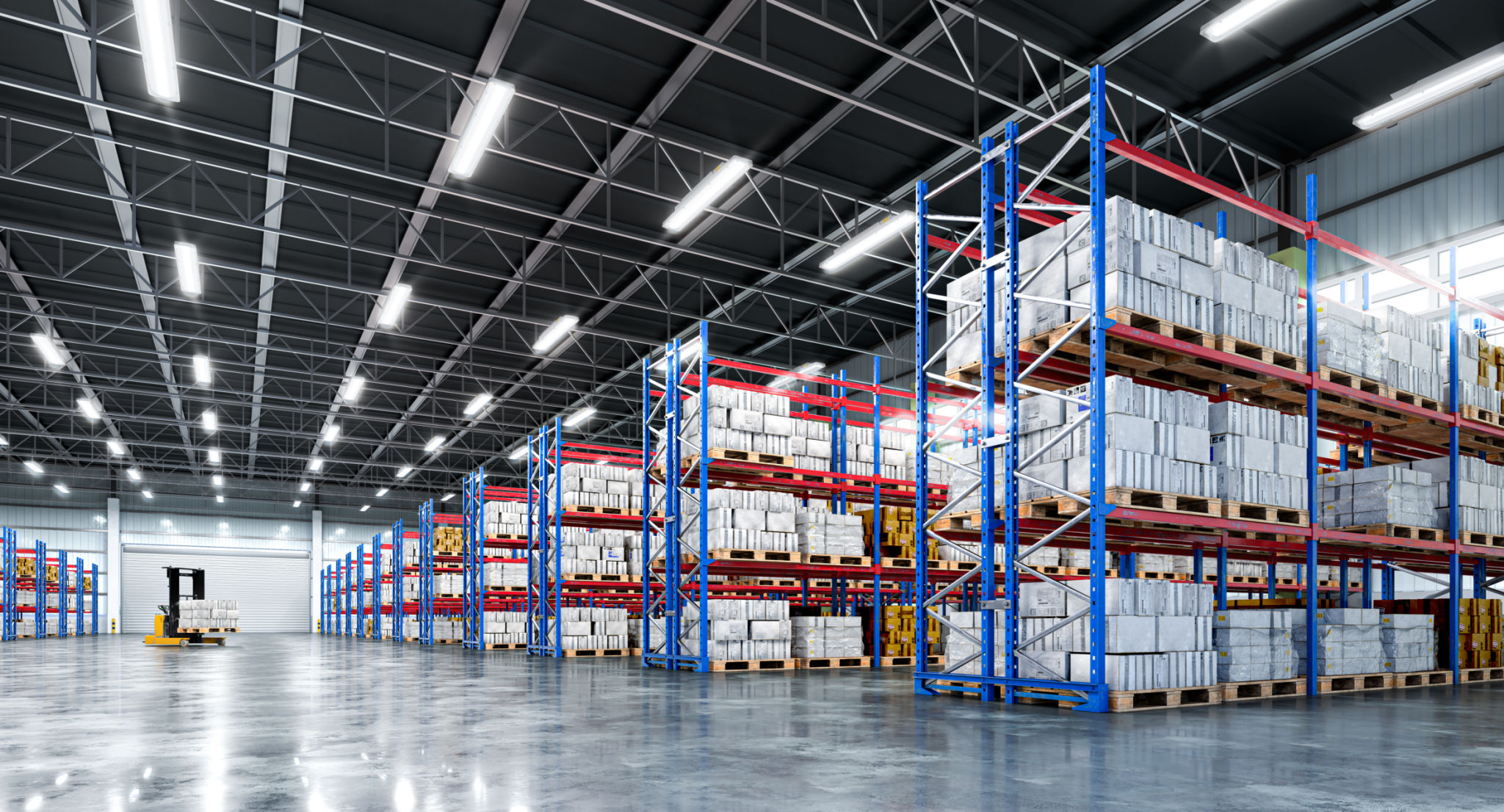The Evolution of Industrial Warehouses: From Minimalism to Modern Design
The Industrial Warehouse: A Historical Perspective
The industrial warehouse has undergone a significant transformation over the years, evolving from basic storage facilities to sophisticated logistical hubs. In the early days, warehouses were characterized by their minimalist design, focusing primarily on functionality and durability. These structures were often large, open spaces with little attention given to aesthetic or worker comfort.
During the Industrial Revolution, the demand for storage space grew exponentially, leading to the construction of larger and more robust warehouses. These early warehouses were typically constructed from brick and wood, designed to withstand harsh weather conditions and the test of time. The minimalistic approach continued to dominate, with efficiency and cost-effectiveness being the primary considerations.

The Shift Towards Modern Design
As industries expanded and global trade intensified, the role of warehouses began to change. The need for more efficient storage solutions prompted a shift towards modern design principles. This transition was marked by the introduction of steel and reinforced concrete, allowing for larger spans and higher ceilings without the need for internal support columns.
The advent of technology further accelerated this evolution. Automated systems and advanced logistics software enabled warehouses to operate more efficiently, reducing the reliance on manual labor. This technological integration paved the way for the incorporation of modern design elements, such as improved lighting, ventilation, and ergonomic workspaces.

Key Features of Modern Warehouses
Today's industrial warehouses are a far cry from their predecessors. They are designed not only for storage but also for optimizing operational efficiency and enhancing employee well-being. Some key features of modern warehouses include:
- Advanced Material Handling Systems: Automated conveyors, robotic pickers, and smart sorting systems streamline operations.
- Sustainability Initiatives: Eco-friendly designs with energy-efficient lighting and climate control systems.
- Flexible Layouts: Modular designs that can be easily reconfigured to accommodate changing needs.
The emphasis on sustainability has also driven design innovations. Green building practices are now commonplace, with many warehouses incorporating solar panels, rainwater harvesting systems, and energy-efficient HVAC systems to reduce their environmental impact.

The Future of Industrial Warehousing
As we look towards the future, industrial warehouses are set to become even more advanced and integrated into the digital ecosystem. The rise of Industry 4.0 technologies, such as the Internet of Things (IoT) and artificial intelligence (AI), will further revolutionize warehouse operations.
Warehouses will become increasingly interconnected, with real-time data analytics driving decision-making processes. This will enable businesses to optimize inventory management, reduce waste, and improve supply chain resilience. Furthermore, as e-commerce continues to grow, warehouses will need to adapt to new demands for faster delivery times and enhanced customer service.
Conclusion
The evolution of industrial warehouses from minimalistic storage spaces to modern logistical hubs reflects broader changes in industry and technology. As businesses continue to innovate and adapt, warehouses will remain at the forefront of these transformations, playing a crucial role in supporting global trade and economic growth.
With ongoing advancements in design and technology, the future of industrial warehousing holds exciting possibilities for increased efficiency, sustainability, and adaptability in an ever-changing world.